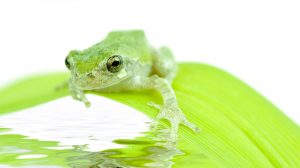trimorphism
1. (Science: chemistry) The property of crystallizing in three forms fundamentally distinct, as is the case with titanium dioxide, which crystallizes in the forms of rutile, octahedrite, and brookite. See pleomorphism.
2. (Science: biology) The coexistence among individuals of the same species of three distinct forms, not connected, as a rule, by intermediate gradations; the condition among individuals of the same species of having three different shapes or proportions of corresponding parts; contrasted with polymorphism, and dimorphism.
(Science: botany) heterogonous trimporphism, that condition in which flowers of plants of the same species have three different lengths of stamens, short, medium, and long, the blossoms of one individual plant having short and medium stamens and a long style, those of another having short and long stamens and a style of medium length, and those of a third having medium and long stamens and a short style, the style of each blossom thus being of a length not represented by its stamens.
See: trimorphic.
Dictionary > Trimorphism
You will also like...

Animal Water Regulation
Animals adapt to their environment in aspects of anatomy, physiology, and behavior. This tutorial will help you understa..

Plant Water Regulation
Plants need to regulate water in order to stay upright and structurally stable. Find out the different evolutionary adap..

The Water Cycle
The water cycle (also referred to as the hydrological cycle) is a system of continuous transfer of water from the air, s..

Adaptation Tutorial
Adaptation, in biology and ecology, refers to the process or trait through which organisms or the populations in a habit..

Plant Biology
Plantlife can be studied at a variety of levels, from the molecular, genetic and biochemical level through organelles, c..

The Origins of Life
This tutorial digs into the past to investigate the origins of life. The section is split into geological periods in the..